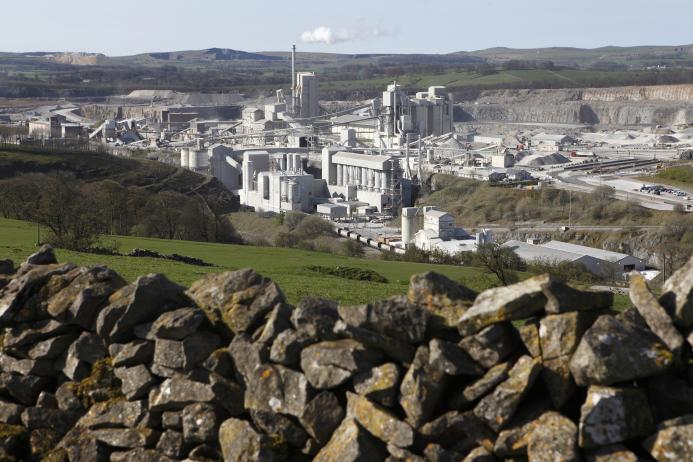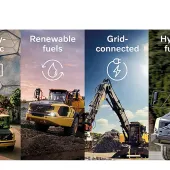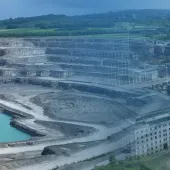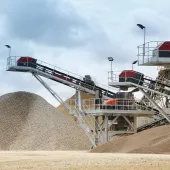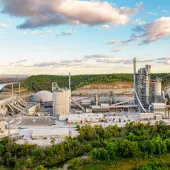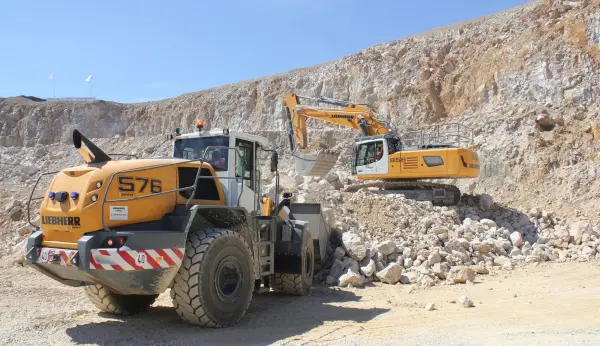UK concrete and cement industries slash emissions
Cement and concrete are decarbonizing faster than the UK economy, but risk of offshoring is growing, warns MPA
CARBON Dioxide (CO2) emissions generated by the UK concrete and cement sector are now 63% lower than 1990 levels, driven by a combination of continued decarbonization efforts by manufacturers but also by falling domestic production, a new report from the Mineral Products Association (MPA) shows.In an update to its ‘Roadmap to beyond net zero’, the MPA reported that the sector is decarbonizing much faster than the UK economy as a whole (54% over the same period). UK CO2 emissions from concrete and cement equated to 6.6 million tonnes in 2023, a 21% reduction compared with 2018.‘If the UK is serious about green growth, we need to support demand for lower-carbon products and favour domestic procurement of them. Implementing a watertight Carbon Border Adjustment Mechanism (CBAM) that ensures that importers pay the same as domestic producers for their carbon emissions will also help to level the playing field. It will stop us putting good, highly productive jobs in all parts of the UK at risk and keep the benefits of a strong domestic industry on our shores.’
The report, which provides progress against the sector’s roadmap first published in 2020, states net zero can be met through decarbonized electricity and transport networks, fuel switching, greater use of low-carbon cements and concretes, as well as carbon capture, use or storage (CCUS) technology for cement manufacture.
The MPA says CCUS remains critical to the decarbonization of cement manufacturing and could deliver 61% of the required carbon savings compared with the 2018 baseline. The Climate Change Committee, the independent adviser to UK Government, has been clear that for industrial sectors such as cement with unavoidable process emissions, CCUS technology is key to delivering net zero.
A net-negative concrete and cement industry by 2050 will be achieved by removing emissions from the manufacturing process and then accounting for the natural, in-use properties of concrete, including its ability to absorb carbon dioxide from the atmosphere throughout its lifetime, and taking advantage of its thermal properties in buildings and structures to reduce operational emissions associated with heating and cooling.
To download a copy of the ‘UK Concrete and Cement Industry Roadmap to Beyond Net Zero – Progress report 2025’ document, click here.

